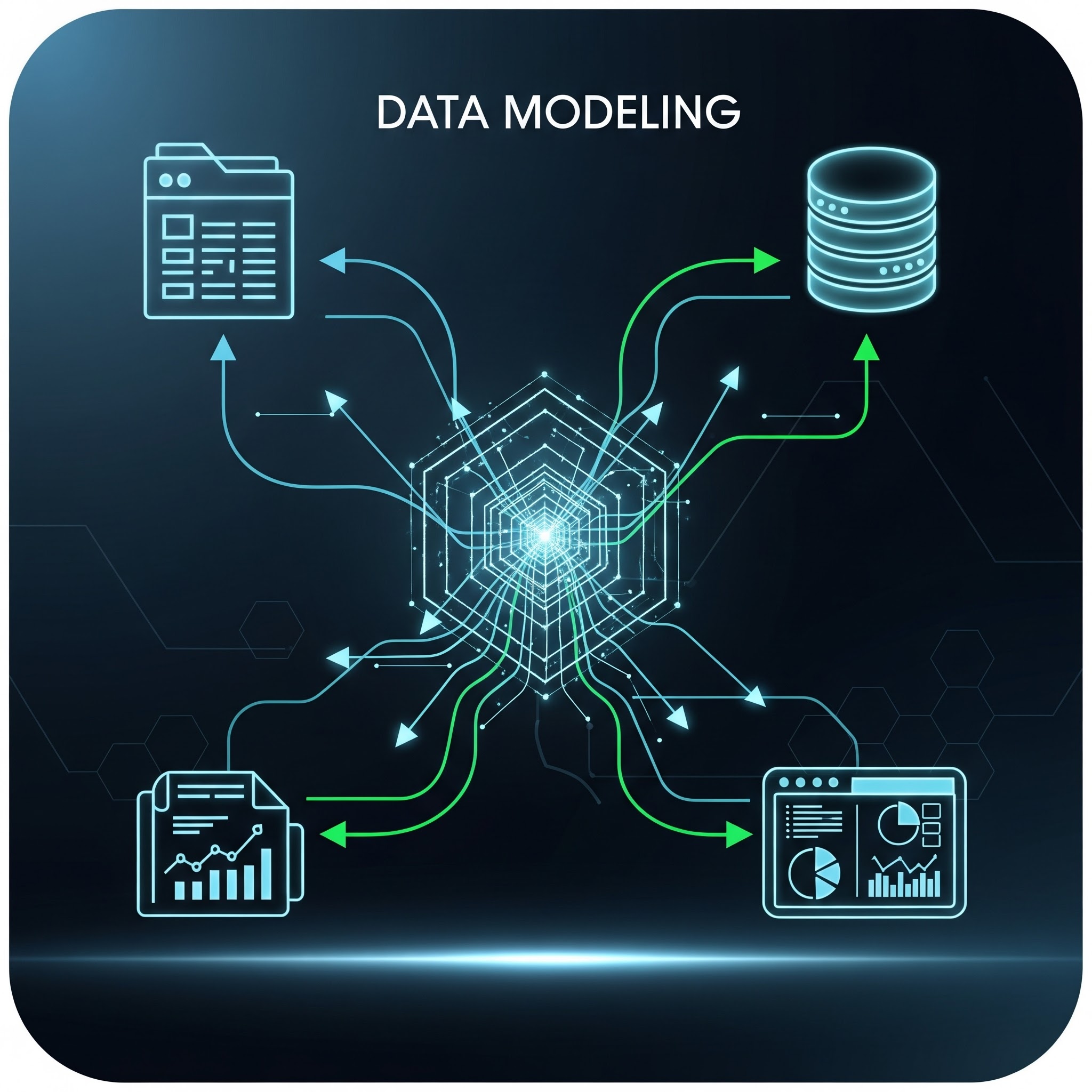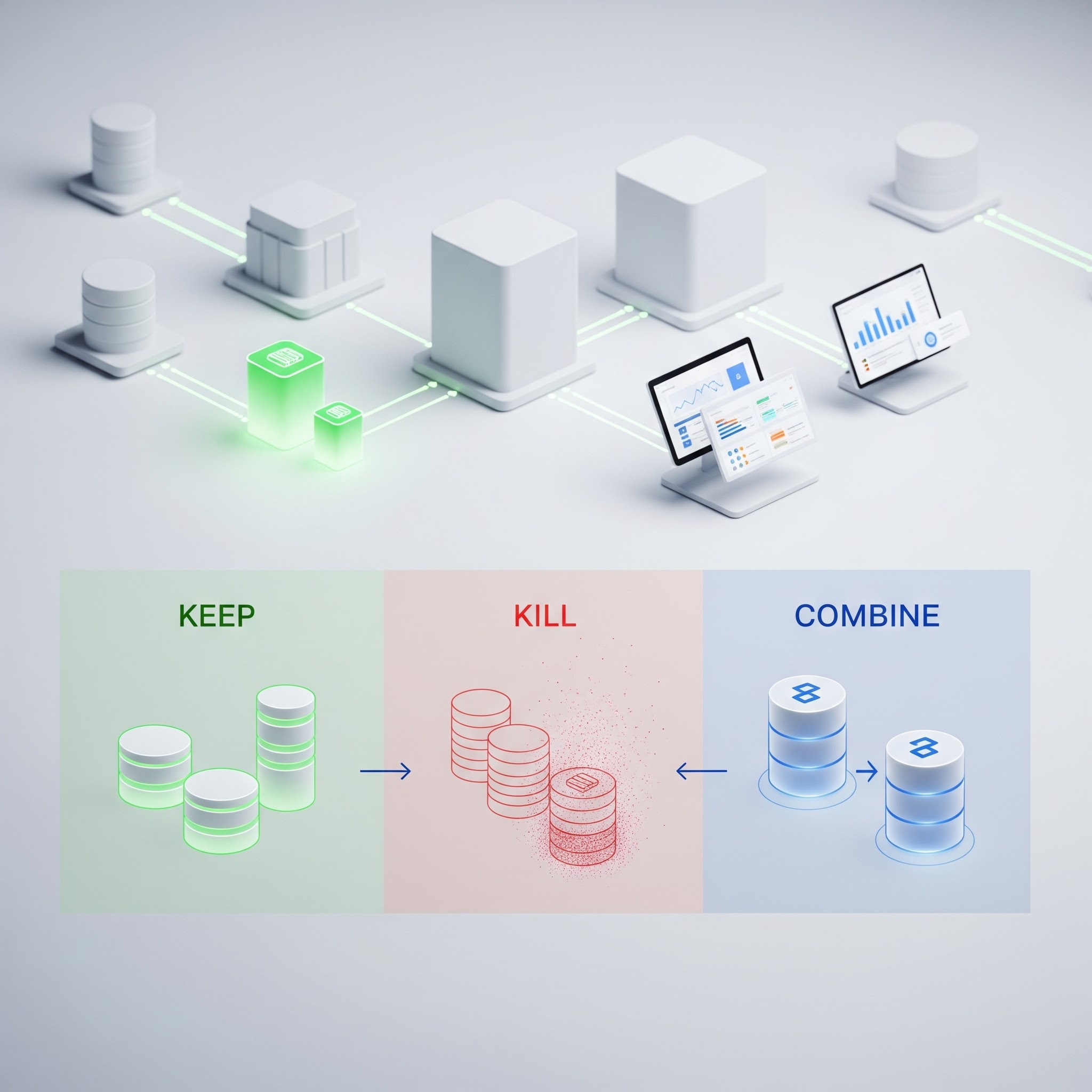How 3 Laws of Data Modeling Change the Way You Think About Data Products


Data modeling is often misunderstood. It’s frequently treated as a technical task—something to complete before building pipelines or launching dashboards. But in practice, modeling is where a data product truly takes shape. It’s the foundation that determines how data is structured, interpreted, and used.
Just like poor product design leads to clunky interfaces and frustrated users, poor data modeling results in inconsistent metrics, siloed communication, and systems that are difficult to maintain. When done well, it creates alignment between business and technical teams, clarifies definitions, and helps ensure that data delivers real value.
Still, many teams approach modeling with rigid frameworks or outdated assumptions. Models are built in isolation, handed off without context, and revisited only when something breaks. This slows down delivery, creates communication gaps, and makes it harder for organizations to respond to change.
As data products become more embedded in decision-making, automation, and customer experience, this approach falls short. Teams need a better way to design the foundation that powers their data. They need to think differently.
This article explores three core laws of data modeling that challenge conventional thinking and offer a more modern path forward:
- The first reframes the model as a product, designed with users in mind.
- The second positions modeling as a tool for communication, not just construction.
- The third emphasizes iteration, reminding us that great models evolve with the business.
These aren’t technical rules or checklists. They’re mindset shifts—frameworks for better collaboration, clearer thinking, and data models that actually serve the needs of the business.
- A Data Model Is a Product—Design It Like One
A data model is not just a technical requirement—it’s the foundation of a data product. Like any product, it should be built with intent, shaped by the needs of its users, and designed to deliver value. But in many organizations, models are developed behind closed doors. Engineers build what they think the business needs based on incomplete requirements or outdated assumptions. The result is often a technically sound model that’s difficult to use, hard to trust, or misaligned with business objectives.
Instead, teams should approach modeling like product design:
- Start with discovery. Understand the problem you're solving.
- Identify your users—whether it's analysts, data scientists, product managers, or executives.
- Map the journey from data to decision and consider where the model fits in that path.
For example, if you're designing a model to support a marketing segmentation tool, it needs to reflect the way marketers think about customer behavior—not just raw event data. If it’s powering an executive dashboard, it must align with how the business defines KPIs. Designing with intent also means thinking beyond the database—considering usability, clarity, and alignment from the start.
- Data Modeling Is a Communication Tool, Not Just a Schema
A model is more than a diagram—it’s a shared language between business and technical teams. And like any language, it can either create clarity or cause confusion. When business terms like “revenue,” “conversion,” or “active user” are undefined—or worse, inconsistently defined—teams operate with competing assumptions. This leads to conflicting reports, broken trust, and costly rework. This law is about treating modeling as an act of communication. Start by defining key entities and metrics in plain language. Build a business glossary that connects terms to real-world meaning. Use conceptual data modeling to map relationships visually, before writing a single line of code.
For example, if your finance and sales teams have different definitions of “customer,” that needs to be surfaced and resolved at the modeling stage—not in a retroactive data quality meeting. When the model becomes a communication tool—not just a technical one—it enables better collaboration, fewer misunderstandings, and more consistent decision-making.
- The Best Models Are Built Iteratively—Not All at Once
Many teams approach modeling as a one-time task: build it, launch it, move on. But in practice, a good data model is never truly finished. It evolves alongside the business. Trying to perfect a model upfront often leads to overengineering, delays, and rigid structures that don’t adapt well to change. Meanwhile, business needs continue to shift—new products launch, customer behavior evolves, regulatory requirements change.
An iterative approach to modeling avoids this trap:
- Start with a minimal viable model focused on a core use case.
- Validate it through usage and feedback.
- Add detail and complexity gradually, as needed.
This is especially important for organizations moving toward data product thinking. Just like you wouldn’t launch an entire product suite without testing your MVP, you shouldn’t build an exhaustive enterprise model without validating its usefulness. Iterative modeling is also more inclusive. It allows for continuous collaboration, where business users can suggest changes and clarify assumptions.
Applying the Laws to Real-World Data Products
Let’s take a common data product example: a customer 360 dashboard.
Without these laws:
- Business teams define success as “a full view of customer behavior.”
- IT builds around existing schemas—orders, tickets, accounts—but misses intent.
- The result: a dashboard that technically works but doesn’t answer key questions.
With these laws:
- Teams start by modeling what “Customer 360” means conceptually: Who is the user? What decisions are they making? What behaviors matter?
- The model is visual, collaborative, and built using data modeling tools that support feedback and iteration.
- Terms like “active customer,” “net revenue,” and “churn window” are pulled from a shared glossary.
- IT builds from a well-defined logical model with business-aligned definitions, reducing confusion and rework.
The result is a data product that’s not just functional—it’s valuable.
Mistakes to Avoid When Modeling Data Products
Even with the right intent, teams often fall into common modeling traps—especially when working under pressure or without a clear process. These missteps can quietly undermine your data product’s success, creating long-term friction and confusion.
Here are some to watch for:
- Overengineering early models
It’s tempting to try and capture every edge case, entity, and scenario in your first pass. But early-stage models should prioritize clarity over completeness. Overly complex models slow down decision-making, overwhelm stakeholders, and often bake in assumptions that haven’t been validated yet. Start small. Focus on the core use case. You can—and should—iterate later. - Skipping conceptual modeling
Many teams jump straight into schema design, skipping the collaborative step of defining entities, relationships, and terms in plain language. This leads to misalignment between business and technical teams—and models that make sense to engineers but not to the people who use the data. Conceptual modeling isn’t a nice-to-have; it's where shared understanding is built. - Siloed ownership
When one function—often engineering—owns the entire modeling process, blind spots emerge. Business needs get lost in translation. Analysts work around models instead of with them. The best models come from cross-functional input, with business, data, and engineering teams contributing to definitions, priorities, and validation. Co-ownership builds trust and keeps the model grounded in real use. - Treating models as static documentation
A model isn’t a one-and-done deliverable. It’s a living artifact that should evolve alongside the business. When models are locked away in outdated diagrams or forgotten specs, they lose relevance fast. Embed your models into tools and workflows that support versioning, collaboration, and ongoing refinement.
Avoiding these makes it possible to build models that are usable, adaptable, and aligned with the way your organization actually works. Done right, your model becomes an accelerator, not a bottleneck.
Good Data Products Start with Good Models
Data modeling isn’t just a technical step in the process—it’s the foundation of a well-functioning data product. When approached thoughtfully, it clarifies meaning, improves collaboration, and reduces downstream issues.
The three laws outlined here are simple but effective:
- Design your model with purpose, like any product.
- Use it as a tool for shared understanding, not just construction.
- Let it evolve over time as your needs change.
As organizations continue to rely on data to inform strategy and operations, strong modeling practices will only become more important. Ellie.ai helps teams put these principles into action—supporting structured collaboration, real-time modeling, and shared definitions from the start. It’s a better way to design data products with clarity and confidence.









